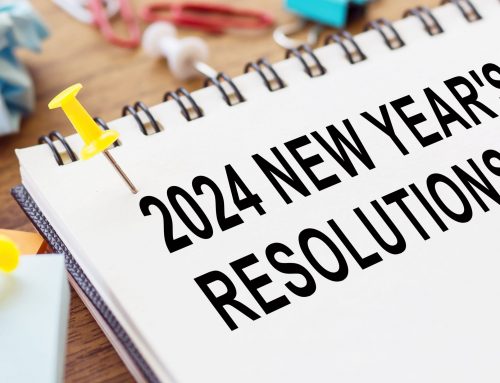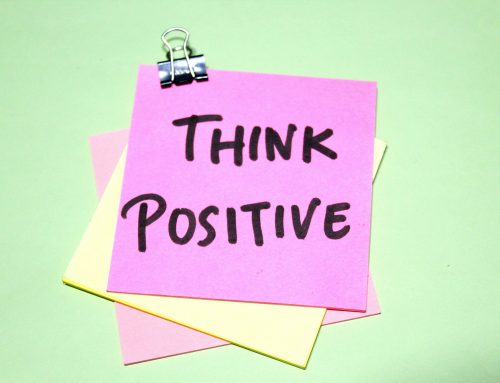It is often said that schools should be a place to teach respect and responsibility to students (Lickert, 1991). While young children are strongly influenced by teachers, as they age, peers become more important especially when it comes to classroom physical activity and motivation (Salvy et al., 2009). When we incorporate the notion of friends into classroom physical activity promotion, it is important to send the message that physical activity is “cool” and that students’ peers are engaging in it.
Use Students as Role Models
Oftentimes, utilizing students as role models helps to motivate other children (Wentzel, 1998), especially at the upper elementary level. So, teachers, instead of taking all the responsibility on yourselves, involving students in the “advertising” is effective. For example, put students in groups of 4 or 5 and allow them time to create a dance/rhythm sequence to a 32- or 64-count rhythm. This would consist of either four to eight different moves for eight counts each. Sample dance steps include:
- Grapevine
- Charlie Brown
- March in place
- Jumping jacks
- Punching bags
- Lawnmower
- Twist
- Free choice
Write the dance steps on cards. Students would then develop a sequence for their dance by placing the cards in order of their moves and repeating that order throughout the song. Once the dance is created, have them practice, and then record them. Share the video during various transition times in your class or play it during indoor recess.
I know a very motivated elementary physical education teacher who does this with her students. She actually teaches an entire class the dance as part of her physical education curriculum. Then she records them performing it. Once she has the recording, she gives it to the principal to be streamed throughout the school during morning announcements. The students in the video not only are recognized for being active, but the rest of the students in the school see peers performing the activity. Thus, it makes engaging in classroom physical activity “cool” and “fun” for them.
Samuel W. Tucker Elementary Dance
Involving students in the creation of classroom physical activities or games is one way to ensure student buy-in. Try it with your class today!
References
Video credit: Martha Grutza – PE teacher, Samuel W. Tucker Elementary, Alexandria, VA
Lickona, T. (1991). Educating for character: How our schools can teach respect and responsibility. New York: Bantam.
Salvy, S., Roemmich, J. N., Bowker, J. C., Romero, N. D., Stadler, P. J., & Epstein, L. H. (2009). Effect of peers and friends on youth physical activity and motivation to be physically active. Journal of Pediatric Psychology, 34(2), 217-225.
Wentzel, K. R. (1998). Social relationship and motivation in middle school: The role of parents, teachers, and peers. Journal of Educational Psychology, 90(2), 202-209.
Heather is a Professor in the Department of Kinesiology and Health Promotion at the University of Kentucky. She is a former physical education teacher, and co-author of Dynamic Physical Education for Secondary School Children, 8ed. Heather was also the recipient of the NASPE Curriculum and Instruction Young Scholar Award and a AAHPERD Research Consortium Fellow.





Leave A Comment